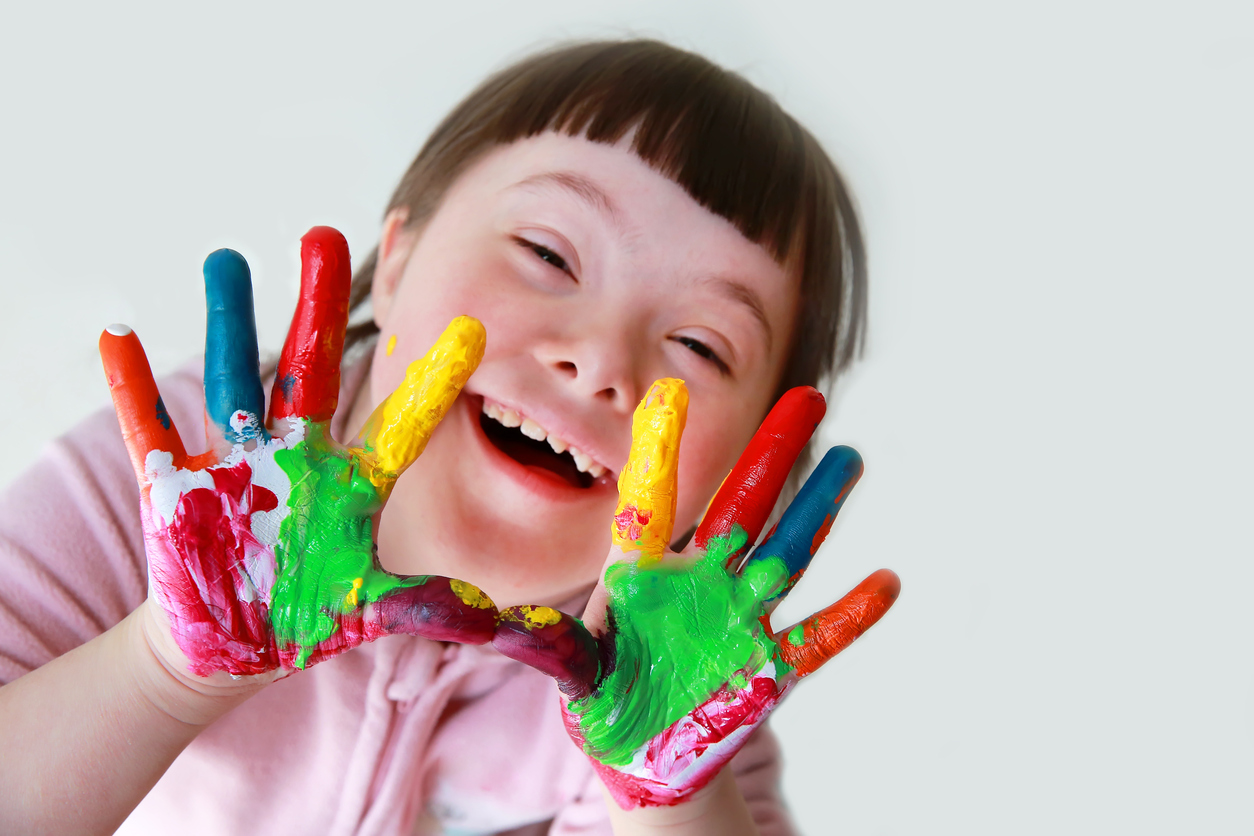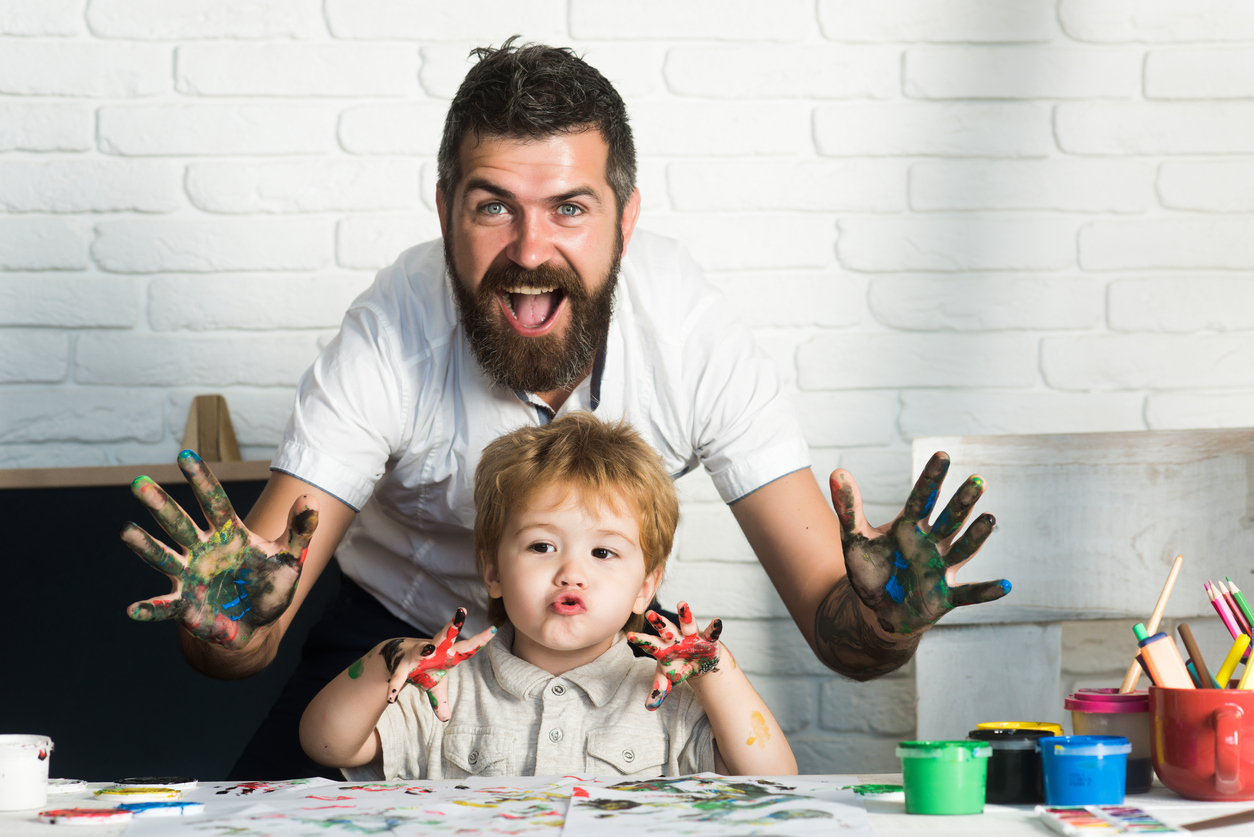Making Authentic Art with Children
Everyday our kids follow a carefully planned routine consisting of schoolwork, extracurricular sports, playdates, and so on. Every task is laid out before them, and they tick the boxes as they go.

In many instances, living life in autopilot makes it hard for kids and adults alike to think imaginatively. So how do we go about teaching our children to be creative and make their own authentic artwork?
Exercises vs Authentic Art
First and foremost, it’s important to know the difference between authentic art and other art. Most of the artwork our kids do in school is replicative or not original. For instance, a teacher may show students a series of still life paintings and sketches, pointing out and demonstrating various shading techniques. Then she may signal to an apple on the table and assign the students to draw their own still life, imitating the shading techniques they reviewed. This kind of artwork has a very important purpose. They are exercises which teach essential skills. Authentic art centers on creative thinking. It is self-directed and individualistic. It is an artist’s original expression which applies those skills learned in replicative exercises.

Observe Other Artists’ Work
Encourage those creative juices to develop by exposing your child to a variety of art, be it in person, through literature, or a combination of the two. Looking at other artists’ work in museums or art shows and flipping through coffee table books can be a great way to discover what your child is interested in. Do they gravitate to any particular type of medium or style? You may wonder how looking at other people’s art can encourage originality in your child. I challenge you to find an artist who was completely uninfluenced and uninspired by another person’s art.
Provide a Safe, Dedicated Space
Not everyone can enroll their children in an art school, and even less have a professional studio at home. However, most of us can find a spot somewhere in our home for art making. It must be a space where children can have free access to materials and, ideally, with good natural light and a door to shut away the mess. Good quality materials are best: their pigments are stronger, they last longer, and they don’t have to be expensive. Also, don’t clutter your space with too many things. Keep a limited amount of materials on hand and rotate them out every few weeks if your space is tiny. If you have toddlers, don’t be afraid to add in a few easy-to-clean plastic toys to the space. If you really don’t have any space to dedicate solely to art making, consider converting a corner of a child’s bedroom or play space and organize materials vertically on the wall or invest in a caddy or rolling cart to bring to the dining table.

Practice Those Basic Skills
Children often become frustrated when attempting to create a piece of artwork. Most of the time, it is because they feel they lack the skills to accomplish their desired finished product. For instance, maybe your child wants to draw a horse, but they give up at their first attempt and declare “I just can’t do it!” This is where those art exercises become so important. Teach the child to break up the form they want to create into basic shapes. A step-by-step drawing book can help do this. It’s true that many artists are born with natural talent, however, all artists work hard and practice to perfect their technique. Practice drawing, mixing colors, cutting, gluing, modeling with clay, you name it. Running through basic exercises can give a child the skills and confidence they need to feel successful and inspired to create their own authentic artwork.
Back Away and Relax
Lastly, teach your kids to value the process of art making, not the outcome. Remember, authentic art is self-directed, not teacher-directed, so try your best not to interfere. For instance, invite children to create something by placing a group of materials on a tray in the center of the table with no direction. At the beginning they may be taken aback, or they may even panic about what they are supposed to do. If they need direction, provide a theme for their piece. With a little practice working on open-ended projects, you and your kids will learn to love the process of creating authentic art.
This article originally appeared in the September/October issue of Madeworthy in Spanish.
 Christy Ortiz is a Fort Worth native and is proud to say so. She earned her bachelor’s degree from UT Arlington in Interdisciplinary Studies. She taught for FWISD for eight busy years before switching gears to stay home with her two small children. Her hobbies are interior decorating for friends, photography, and flying kites with her kids. Her South American roots and love for the Spanish language and Latin cultures add to the diverse voices of our group.
Christy Ortiz is a Fort Worth native and is proud to say so. She earned her bachelor’s degree from UT Arlington in Interdisciplinary Studies. She taught for FWISD for eight busy years before switching gears to stay home with her two small children. Her hobbies are interior decorating for friends, photography, and flying kites with her kids. Her South American roots and love for the Spanish language and Latin cultures add to the diverse voices of our group.



 Sign in
Sign in


Danny is 3 and is not interested in coloring or painting anything. Is this normal? What art projects are best for his age?